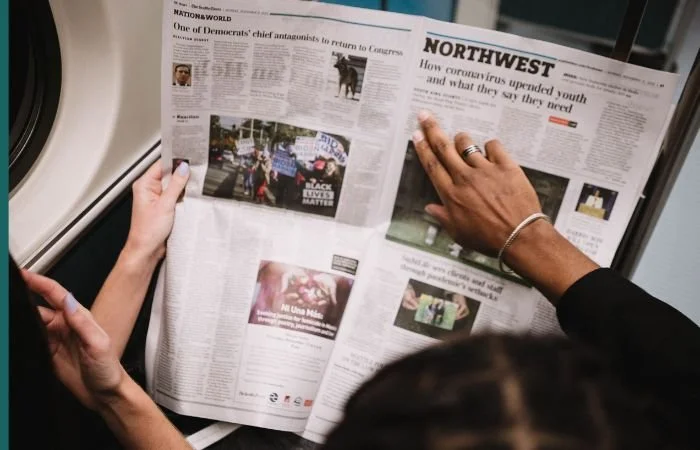Top tips to get your product into Supermarkets

When it comes to getting a product into supermarkets the likely path is convoluted that may take years. However, when launching a product from nothing, this length of time might not necessarily be a negative.
I launched Rejuvenation Water, the World’s first amino acid enriched spring water, in early 2016 after quitting my job in the City. Now, being a little over 2 years old, we’ve just launched into our first national supermarket, Waitrose, where we’ve been given a front of store listing, one of the most in-demand fixtures in UK food retail. The path to this wasn’t straight forward and I’ll share with you some of my tips and insights to how we achieved this.
A few brands are championed by buyers from the outset. Usually, they have a particular product that the buyer is missing and needs in their portfolio. These are the lucky ones. Although, launching a product straight into a supermarket, without gathering traction from other channels, provides a major challenge in hitting the floor running and achieving hurdle rates. If there are any growing pains with your business, the supermarket channel also isn’t the channel for you to discover these. We had two product recalls in the first year due to faulty capping. If this would have taken place with our stock on the supermarket shelves, it wouldn’t be my experiences you would be reading about today.
We very much went the long way around, initially developed traction and proof of concept within the London market, mainly in boutique gyms such as Equinox and BXR as well as Delis and other independent outlets. In early 2017, Rejuvenation Water launched into John Lewis’ Food Hall, given us our first national retailer. This gave us our foot in the door to Waitrose and, after some very strong sales within the John Lewis Food Hall, I was actually invited in by Waitrose’s Front of Store buyer to discuss a listing.
My Top Tips:
KYC– Know Your Customer: The Supermarket buyers will have in depth statistics about their entire range. Failure to understand the retailer can lead you to providing commercials wildly under or over the retailer’s expectations.
Do what you can to understand their current fixture and the way that the supermarket works. Make sure they know where your product fits in their portfolio and what value you can add over and above their current portfolio.
Having no experience of the FMCG market, my first appointment was a Non-Exec Director. This enabled me to tap into his experience and understand such retailer’s expectation. Now, 2 years in, my professional network provides endless insights for each of the retailers, highlighting the importance of networking.
Persistence– The supermarket buyers are going to be inundated on a daily basis from a whole host of brands. If you email the buyer, the likelihood is that your email will soon end up some way down their inbox before they even get chance to read it. If you call, they are unlikely to answer and samples are likely to join a large pile, if they get there at all. Persistence is vital but doing it in a way so that you’re not going to annoy the buyer. My preference is always calling. If that’s not possible, then I’d send an email and follow up a week later. If I can’t get traction that way, I’d try sending samples with a note inside.
Be Realistic– we’ve all been guilty, at times, of overstating our commercial proposition. But, if you get the listing, it’s essential that you have a strategy in place in order to achieve your promised rate of sale. You will only get one bullet in the gun with the retailer. If you are not successful the first time, there will not be a second opportunity anytime soon.
You get the listing. You’ve made it! Wrong!
This is where the hard work starts. Can you flex your production capabilities to meet the ongoing demand? Can you hit the hurdle rates for sales that are expected? If the answer to either of those questions is ‘no’ then your place on the supermarket shelf will be very short lived.
The Domino Effect– Once you get your first supermarket listing you will have an opportunity to leverage this traction with other retailers. Don’t let it pass you by. You may only have 4-6 months within your first supermarket to prove your credentials. If not, you’re back to the beginning.






































































































